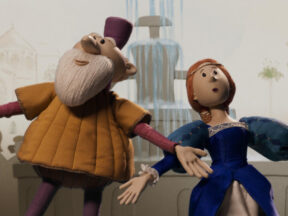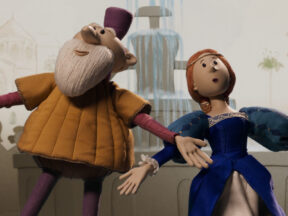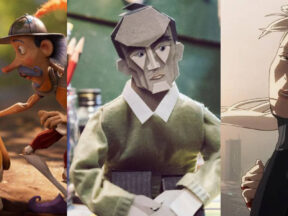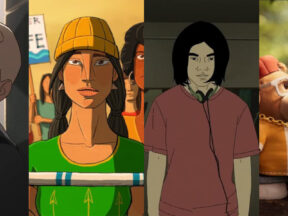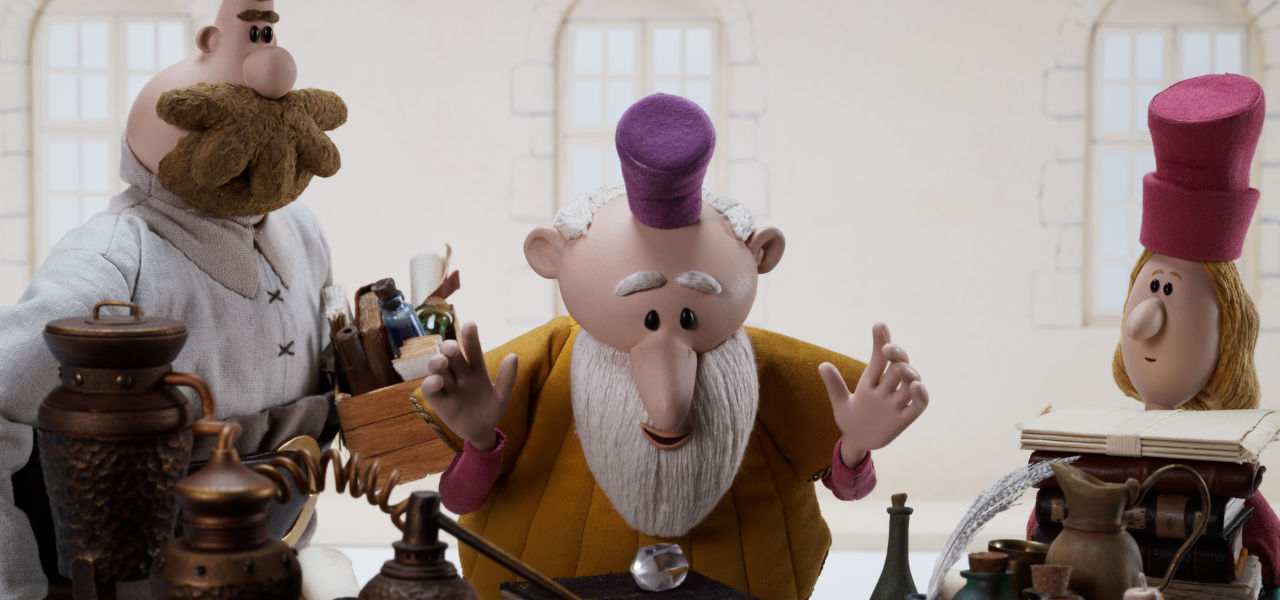
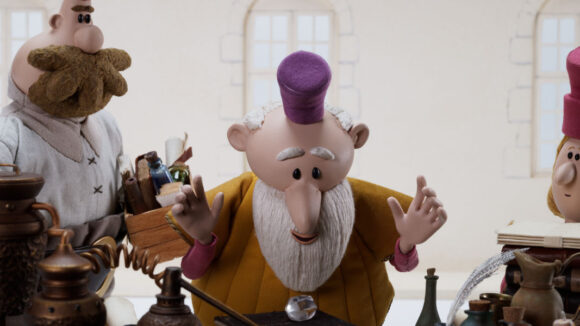
‘The Inventor’ Director Jim Capobianco Explains Why Stop Motion Was The Perfect Medium For His Da Vinci Film
The Inventor, the directorial feature debut of Oscar-nominated Ratatouille writer Jim Capobianco, will hit U.S. theaters on September 15.
The film is a stop-motion musical about the latter years of Leonardo da Vinci’s life, when he spent time as part of the French court after leaving Italy. In France, the inventor found greater freedom to experiment with his timeless inventions and spend time in the company of the audacious Princess Marguerite.
The Inventor was written and directed by Capobianco, who produced alongside Robert Rippberger. Celebrated stop-motion specialist Pierre-Luc Granjon (Four Seasons in the Life of Léon) co-directed and stop-motion vet Kim Keukeleire (Fantastic Mr. Fox, My Life as a Zucchini, Chicken Run) was animation director. Don Hahn, whose producer credits include The Lion King and Beauty and the Beast, executive produced. The film is a three-country co-production between Curiosity Studio in Ireland, Foliascope in France, and Aerial Contrivance Studios and SIE Films in the U.S.
We caught up with Capobianco ahead of the film’s release to talk about the challenges of directing his first feature, why stop motion is the perfect medium for a film about Leonardo da Vinci, and the aesthetic choices he and his team made to add depth to the emotions portrayed by puppets.
Cartoon Brew: You’ve got an incredible resume, but this is your first feature as a director. What made this the right time and the right film to make your feature debut?
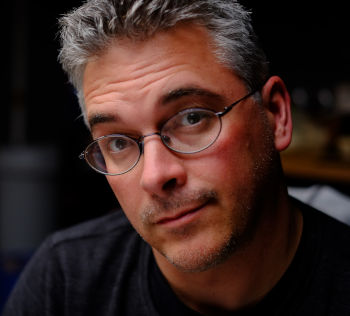
Jim Capobianco: I just wanted to make a longer-form film. Everything I’ve done up to this point has been helping other people make their films, and it’s been a great career. I’ve worked with some great people on some great movies, and I’ve been happy to help everybody. But I directed some shorter projects and enjoyed working with all the different artists, so moving into a longer format felt right. I also wanted to challenge myself. I made a Leonardo short film [in 2009], which made me want to explore the character even more. A feature gives you more room to play and more territory to cover, so when I decided to make a feature, I had a few ideas, but I decided on this one.
When did you start working on the film, and when did production start?
It had been developing for a long time behind the scenes. I would tinker with it at night and on weekends. I met Robert Rippberger, who became my co-producer, around 2012. He was producing and trying to do his own directing at the time. We hit it off, and he said he might be able to help find money for my project. He had this energy to him, so we teamed up and started looking for money. We started in L.A. and eventually started talking to people in Europe. We almost did the film in Ireland, and then we had a producer in Italy that we nearly worked with. But every time it felt like we had a plan put together, it turned into a dead end. The whole time, though, we were building relationships. Finding the right partners and financing took the most time. It took 12 years from “I’m going to make this film” to when we started actual production.
When did you decide you wanted to do this film using stop motion? And why?
As soon as I started thinking about doing a feature, I started asking myself how I wanted to do it. The original short was done using hand-drawn animation, but at the time, I was thinking, “Well, 2d animation is kind of going away.” This was when Disney sold off the desks and turned to computer animation. If you pitched a 2d animated movie at the time, executives would think you were crazy. It would have to be cg. The other thing happening around the same time was a resurgence in stop-motion animation. Wes Anderson did Fantastic Mr. Fox, Laika was showing up, and Aardman was still making great films. Henry Selick launched Cinderbiter. With all of this going on, I thought stop motion would be the way to go and that I could point to all these other films when I was pitching. Stylistically, when thinking about Leonardo da Vinci, I felt the film had to be made using a handcrafted animation style. Stop motion felt right because it was engineered with armatures and constructed and painted. I love combining techniques, so putting some hand-drawn scenes in also made sense. By doing that, we could do some zany animation things beyond the limitations of stop motion.
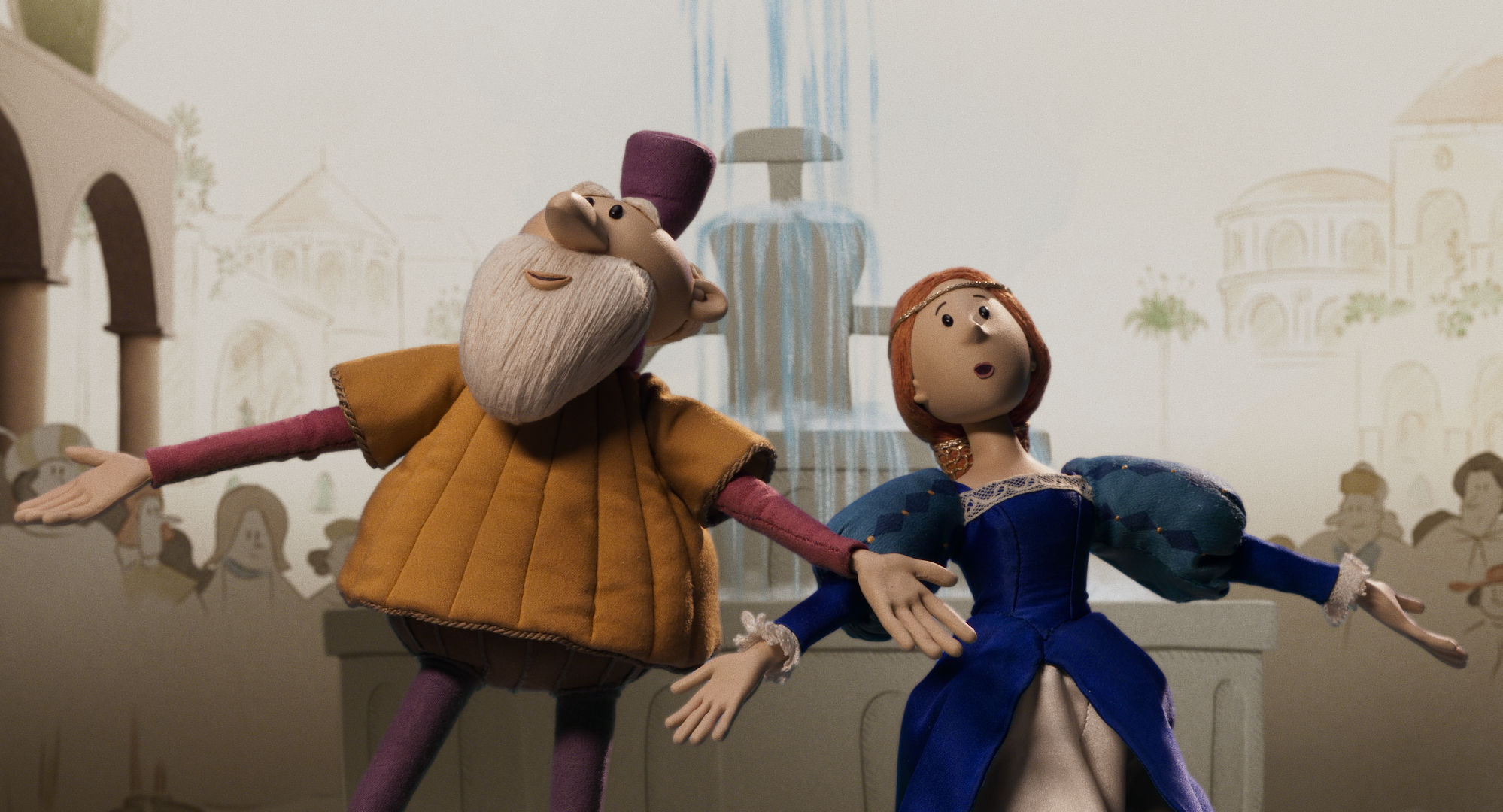
How did Pierre-Luc Granjon become co-director?
He had worked in stop motion for about 20 years before this film, and one of my biggest stop-motion influences was his film Four Seasons in the Life of Léon. I saw it while developing this film and was so inspired. I never thought I’d get to meet him, but Ilan Urroz at Foliascope asked if I wanted him to be my co-director, and I was like, “Is that possible?” So, I met Pierre-Luc, and we were like long-lost brothers. We had so many of the same influences like Jiří Trnka and Karel Zeman. We were able to communicate that way across language and cultural barriers.
What was production like for the 2d animated sequences? How did you handle directing both?
It was all done under one roof at Foliascope. We started 2d animation about one or two months after we got going on the stop motion, and we did the two concurrently. That was difficult for me to manage. I still feel bad to this day because the stop motion was so time-consuming that I felt I often neglected the 2d team. I think it was really important that we were all under one roof because the way it’s integrated in the film made it important to be able to communicate immediately with each other. We could bring the 2d art director Hefang Wei onto the set and show her what we were thinking. In turn, the animators could make suggestions that would help them when animating related scenes in the future. I also think being able to see each other’s work was good for morale. The two teams were constantly inspiring one another.
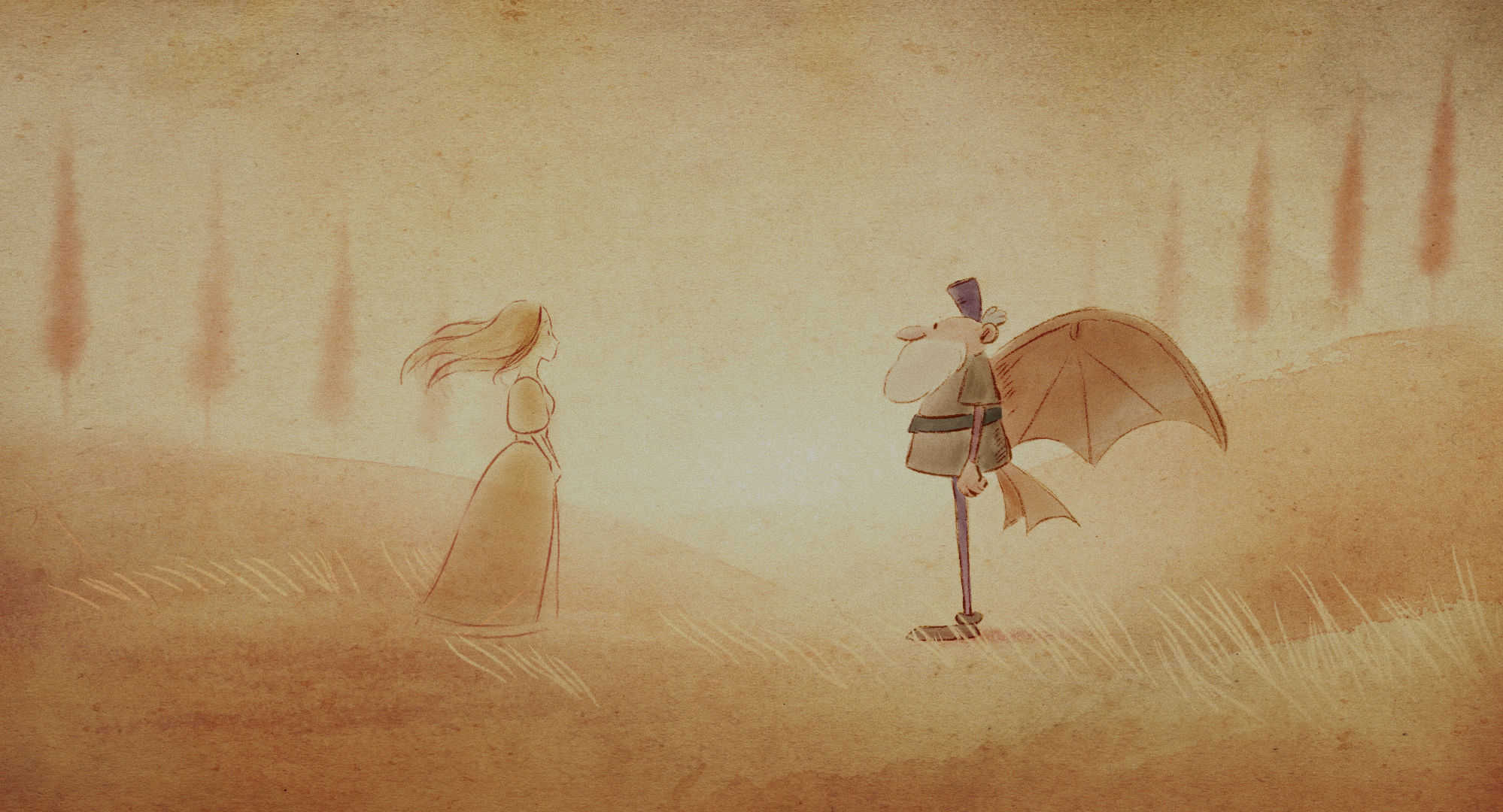
What was the writing and storyboarding process like? Did you adjust your traditional routine for stop motion?
I boarded this film like I board everything else I do. I tried to get the story down and worry about the other stuff later. So I’d script it, then storyboard it, then go back to the script like I would for a Pixar movie. It followed the same trajectory, and eventually, I made a story reel from it. The original version got a bit bogged down when I shared it with my little brain trust. So, I went back in, stripped it down, and reworked it just like we would do at Pixar.
What were some of the visual influences you and the artists used when refining the look of the film?
Rankin/Bass was a huge influence because I grew up on those films, and I loved the simplicity of them. I knew my animation wouldn’t and couldn’t be as sophisticated or complex as Laika’s. I wanted to land somewhere in the middle. I find that in a lot of modern stop-motion animation, there is a lot of detail in the background. There is all kinds of stuff, even in the costumes and props, making it harder to read the acting. I really wanted the backgrounds to be pared down, which had the added benefit of helping us economically. That also helps the puppet’s acting come through, especially if you have simpler-looking puppets. I’m also a big fan of Elf: Buddy’s Musical Christmas; we watch it yearly, and I love how those guys made their stop motion feel almost 2d. I really wanted to do that with my film because I come from 2d and have an affinity for it. Cg came along and upended my world, but luckily, I was in story, so I could keep doing the same thing. Over time, I grew to appreciate cg a lot, especially working at Pixar and seeing what the best people in the industry can do with it, but my love has always been the handcrafted works.
This interview has been edited for length and clarity.

